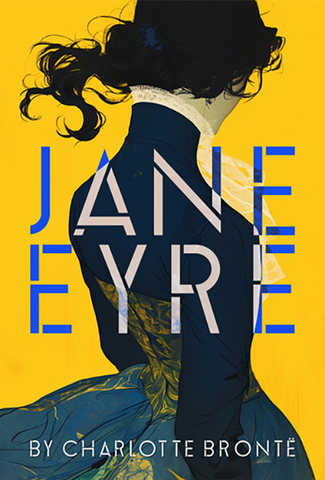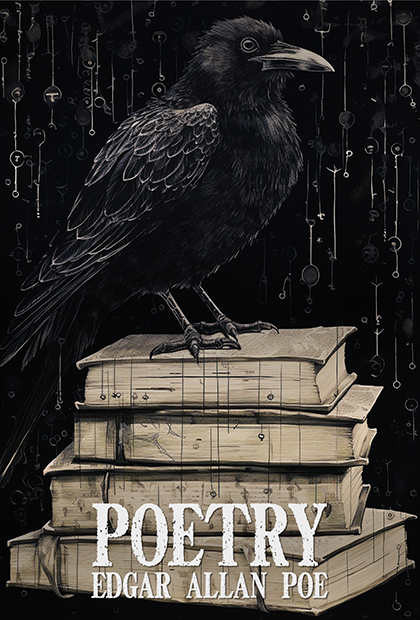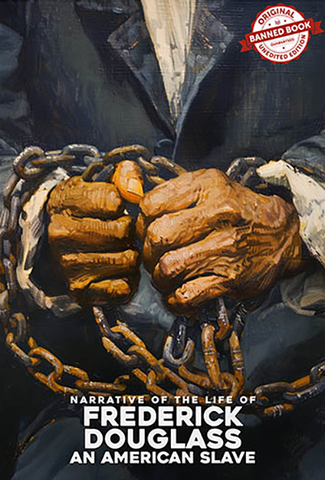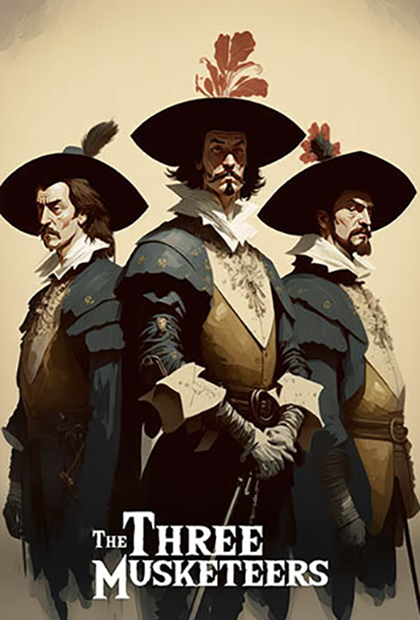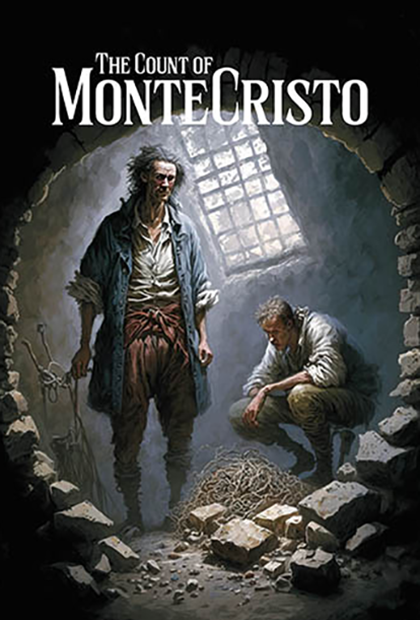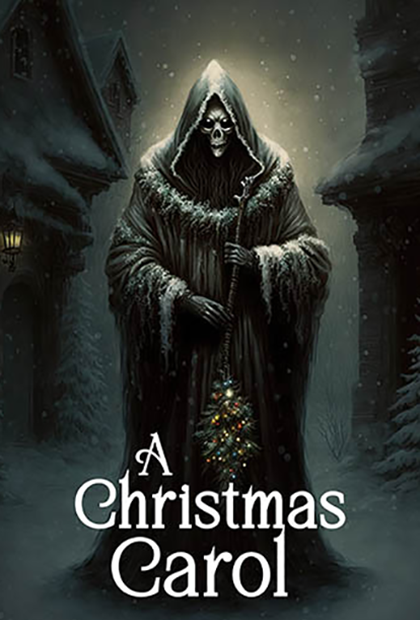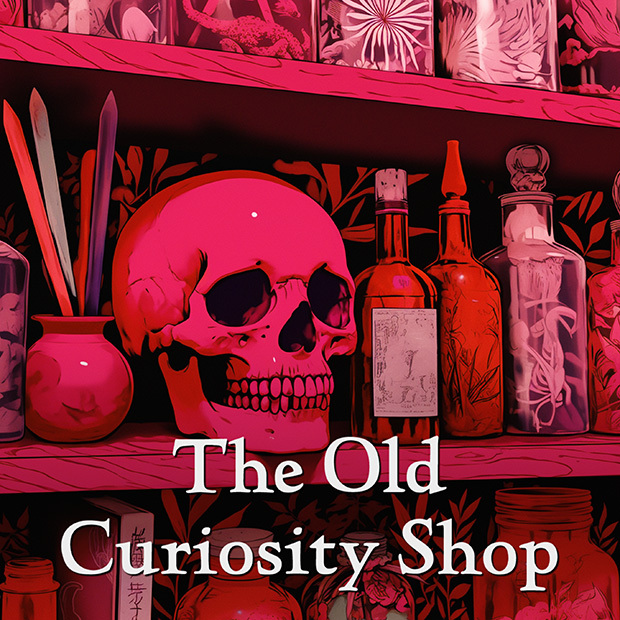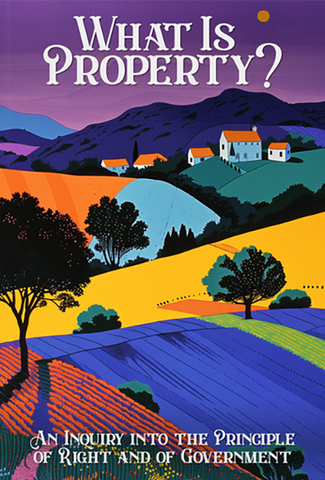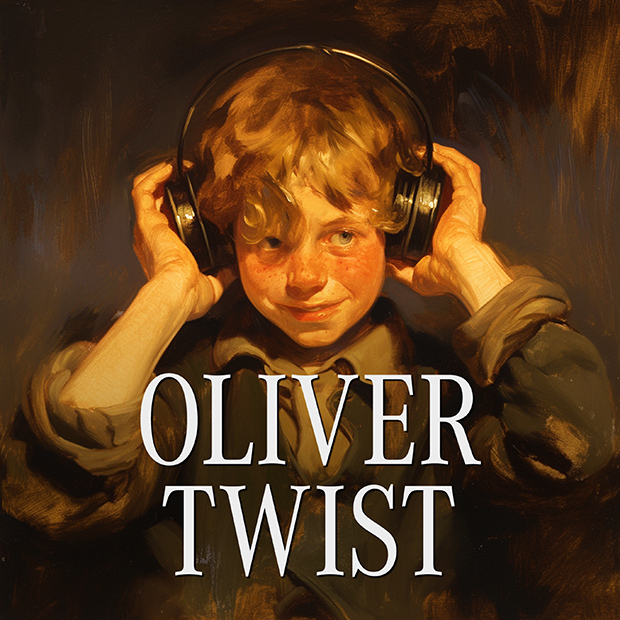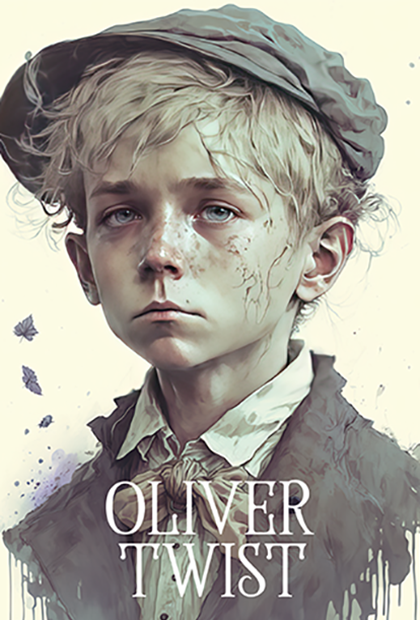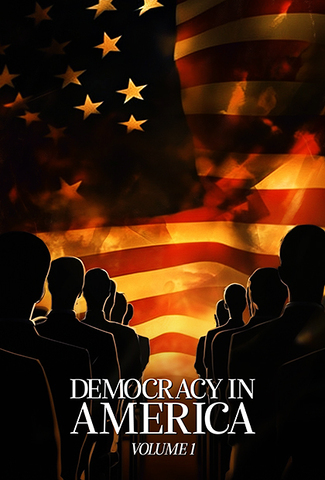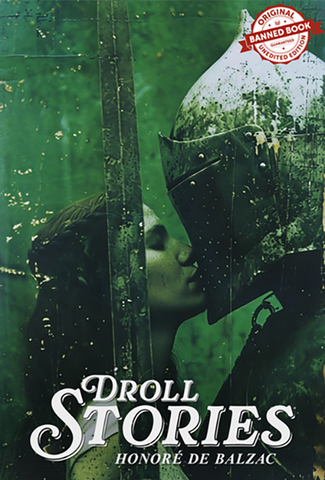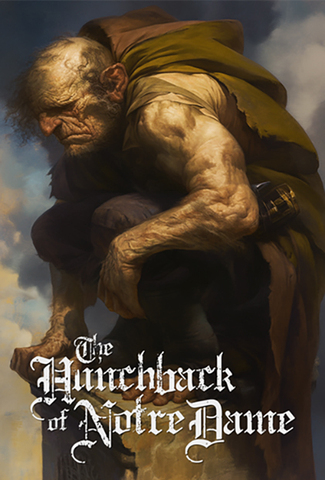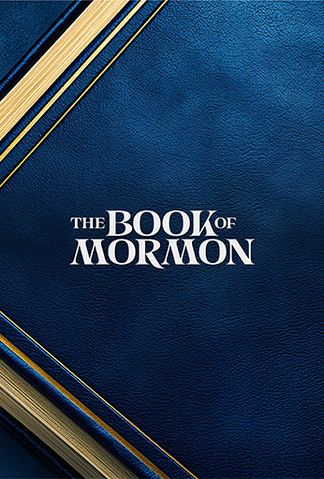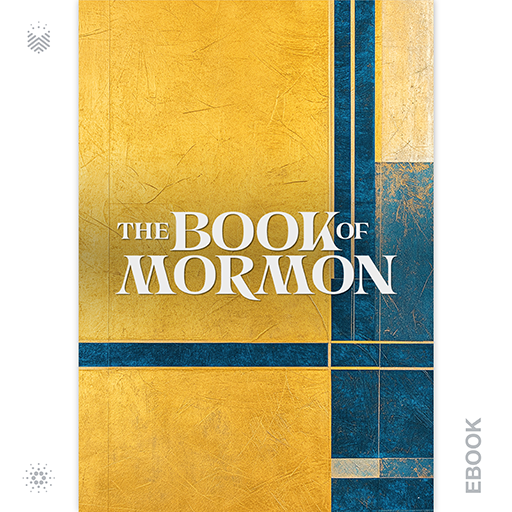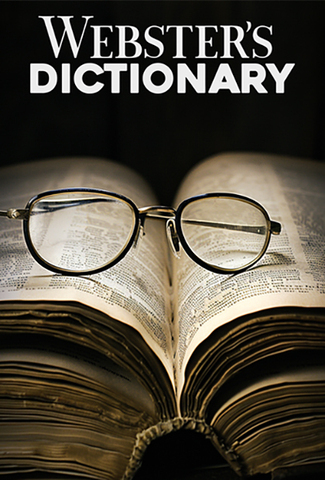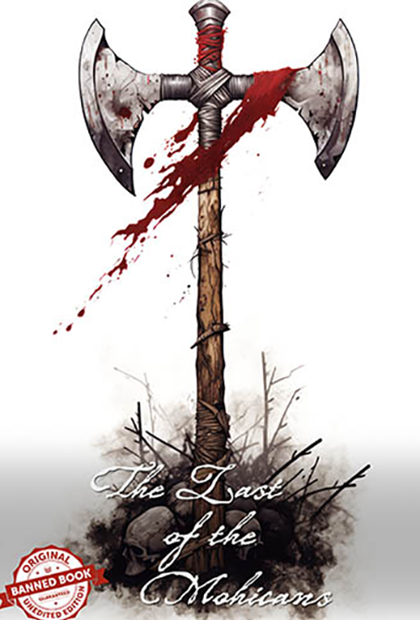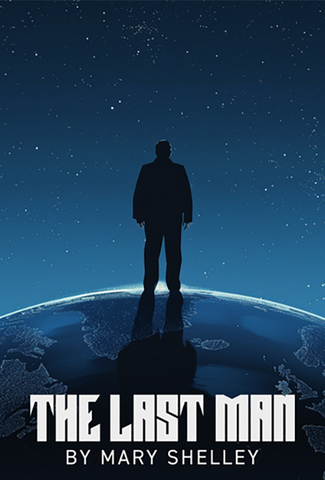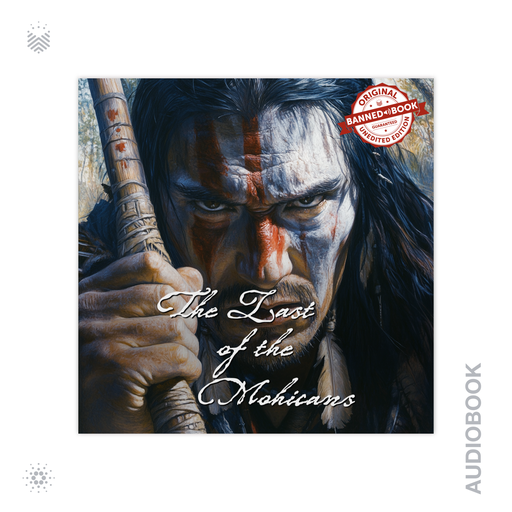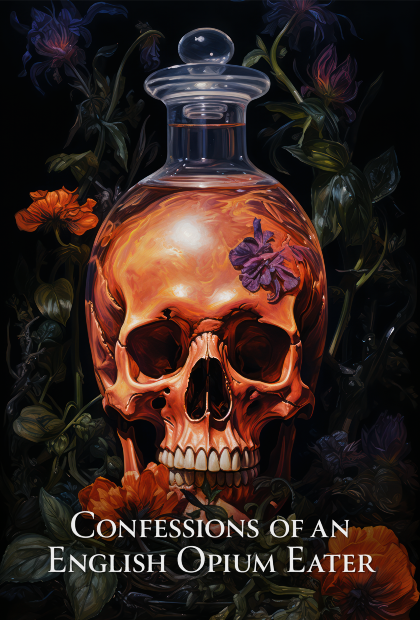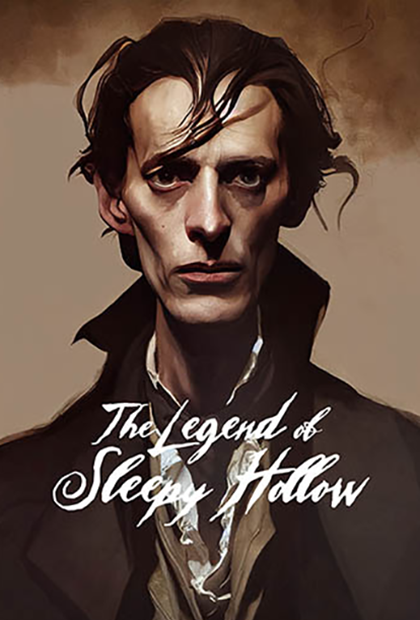by Edgar Allan Poe
“Poetry” is a collection of popular poems, written by Edgar Allan Poe. His poetry is renowned for its Gothic and melancholic themes, known for its musical and rhythmic qualities, and he often used rhyme and meter to create a haunting and atmospheric mood. His works have had a lasting impact on the genres of horror and Gothic literature, and he is considered one of the most significant and influential American writers of the 19th century.
… Read More
by Frederick Douglass
“Narrative of the Life of Frederick Douglass” is an autobiographical account written by Frederick Douglass. It was first published in 1845 and is considered one of the most influential pieces of literature to emerge from the abolitionist movement. The narrative provides a firsthand account of Douglass’s life as a slave and his journey to freedom.
Read More
by Alexandre Dumas
“The Three Musketeers” is a historical adventure novel written by Alexandre Dumas and first published in 1844. The novel takes place in seventeenth-century France during the reign of King Louis XIII and follows the adventures of the young Gascon nobleman D’Artagnan, who travels to Paris to join the King’s musketeers. Upon his arrival in the city, D’Artagnan becomes involved in a series of battles, duels, and political intrigues, with the help of the three musketeers, Athos, Porthos, an… Read More
by Alexandre Dumas
The Count of Monte Cristo by Alexandre Dumas was first published in serial form in the French newspaper “Le Siècle” in 1844. The story follows the life of Edmond Dantes, a young sailor who is falsely accused of treason and imprisoned in the island fortress of Château d’If. After 13 years of incarceration, Dantes escapes with the help of a fellow prisoner and begins to plot his revenge against those who wronged him.
… Read More
by Auguste Comte
In “A General View of Positivism,” Auguste Comte lays the groundwork for a new approach to understanding society, emphasizing the importance of scientific inquiry and empirical observation in the pursuit of knowledge. His ideas continue to shape the fields of sociology and philosophy, inspiring generations of scholars and thinkers to explore the complexities of human society through a scientific lens.
… Read More
by Charles Dickens
A Christmas Carol is one of Charles Dickens’s most beloved works, a timeless tale of redemption, compassion, and the spirit of Christmas. Set in Victorian London, this novella tells the transformative journey of Ebenezer Scrooge, a miserly businessman who learns the true meaning of generosity and humanity after a series of ghostly visits on Christmas Eve. With its heartwarming message and unforgettable characters, the story continues to resonate across generations.
… Read More
by Charles Dickens
“A Christmas Carol” is a novella written by Charles Dickens in 1843. It tells the story of Ebenezer Scrooge, a wealthy but miserly old man who hates Christmas and everything about it. On Christmas Eve, Scrooge is visited by three ghosts – the Ghost of Christmas Past, the Ghost of Christmas Present, and the Ghost of Christmas Yet to Come – who show him the error of his ways and help him to see the true meaning of Christmas
… Read More
by Charles Dickens
Step into the heartwarming yet heartrending world of The Old Curiosity Shop, where Dickens masterfully weaves a tale of resilience, love, and human frailty.
Read More
by Pierre-Joseph Proudhon
“What Is Property?” by Pierre-Joseph Proudhon is a foundational work in political philosophy, challenging conventional notions of ownership and advocating for social equality. Published in 1840, it sparked debates on property rights and economic justice.
Read More
by Charles Dickens
Oliver Twist is a novel by Charles Dickens, first published in serial form between 1837 and 1839. It is a social critique wrapped in a compelling narrative about the life of a young orphan named Oliver Twist. The story explores themes of poverty, child labor, crime, and the struggle between good and evil in Victorian England.
Read More
by Charles Dickens
Oliver Twist, first released as a novel by Charles Dickens in 1838, is a classical story that has been adapted for stage and screen for generations. Inspired partially by Dicken’s own youth and the plight of many unfortunate children, the story follows Oliver Twist as he escapes from a “Child Farm” (orphanage) and makes his way to London. Oliver does whatever it takes to survive in this un-romanticized peak into impoverished 1830s London.
… Read More
by Robert Macnish
“The Anatomy of Drunkenness” is a book written by Robert Macnish, a Scottish physician, and published in 1834. The book provides a comprehensive exploration of the effects of alcohol on the human body and mind. It was one of the earliest scientific works to delve into the physiological and psychological aspects of alcohol consumption and intoxication.
Macnish’s book is divided into several chapters that discuss various aspects of drunkenness, including its causes, symptoms, and consequence… Read More
by Alexis de Tocqueville
With remarkable insight and foresight, Democracy in America — Volume 1 by Alexis de Tocqueville examines the young United States, offering timeless reflections on democracy’s strengths and challenges. Published in 1835, this classic explores American society, political systems, and the values that underpin democracy, capturing Tocqueville’s observations during his travels through the country.
… Read More
by Honoré de Balzac
“Droll Stories” by Honoré de Balzac is a collection of ribald and satirical tales set in medieval France, filled with humor, wit, and irreverence. Balzac, a prolific French novelist and playwright, penned these tales in the mid-19th century as a departure from his more serious literary works, aiming to entertain and amuse his readers with bawdy and risqué narratives. Through a series of colorful characters and outrageous scenarios, Balzac explores the foibles and follies of human n… Read More
by Victor Hugo
Book.io Con ’24 Exclusive
Victor Hugo’s “The Hunchback of Notre Dame,” first published in French in 1831 as Notre-Dame de Paris, captivating readers with its vivid portrayal of medieval Paris and its unforgettable cast of characters. At the heart of the narrative is Quasimodo, the hunchbacked bell-ringer of Notre Dame Cathedral, whose life becomes intertwined with that of the beautiful and enigmatic Esmeralda, a gypsy girl.
… Read More
by The Church of Jesus Christ of Latter-day Saints
The Book of Mormon, a foundational text in the Latter-day Saint movement, first published in 1830, marking the culmination of a series of revelations received by Joseph Smith, Jr., the movement’s founder. The book claims to be a record of ancient American prophets, chronicling their interactions with God and their religious and political struggles.
Read More
by The Church of Jesus Christ of Latter-day Saints
The Book of Mormon, a foundational text in the Latter-day Saint movement, first published in 1830, marking the culmination of a series of revelations received by Joseph Smith, Jr., the movement’s founder. The book claims to be a record of ancient American prophets, chronicling their interactions with God and their religious and political struggles.
Read More
by Noah Webster
The first edition of Webster’s Dictionary, known as “An American Dictionary of the English Language,” was published in 1828 by Noah Webster, an American lexicographer, grammarian, and language reformer.
Read More
by James Fenimore Cooper
“The Last of the Mohicans” is a historical novel written by James Fenimore Cooper and published in 1826. It is set during the French and Indian War, which took place in North America in the mid-18th century. The novel is the second book in Cooper’s five-volume series called “The Leatherstocking Tales,” but it can be read as a standalone work.
“The Last of the Mohicans” follows the adventures of a group of characters against the backdrop of the frontier wilderness. The story primari… Read More
by Mary Shelley
In “The Last Man” by Mary Shelley, readers are immersed in a future world devastated by a global pandemic, where society has collapsed, and humanity faces extinction. The narrative unfolds through the eyes of Lionel Verney, one of the few survivors struggling to navigate the desolate landscape and come to terms with the loss of civilization. As Verney grapples with the grim reality of his situation, he is forced to confront profound questions about existence, mortality, and the meani… Read More
by James Fenimore Cooper
The Last of the Mohicans plunges readers into a fierce, action-packed tale of survival set against the backdrop of the French and Indian War. As cultures clash and empires battle for control, a small band of warriors, led by the skilled scout Hawkeye and his Mohican companions, must navigate treacherous landscapes to rescue two captured sisters. With danger lurking at every turn, the story blends breathtaking adventure with a deeper exploration of honor, loyalty, and the vanishing way of life fo… Read More
by Thomas De Quincey
“Confessions of an English Opium-Eater” is a famous autobiographical work by the English writer Thomas De Quincey. It was first published in 1821 and has since become a classic in the genre of addiction literature and Romantic literature.
In this work, De Quincey recounts his experiences with opium, which he began using to alleviate various physical and emotional pains. The book is divided into two parts: the first part is a detailed account of his opium addiction, and the second part discus… Read More
by Washington Irving
The Legend of Sleepy Hollow is the 10th and final release in Book.io Classics: Monster Editions. A gothic story by Washington Irving, the book was first published in 1819. The legend follows Ichabod Crane and his encounters with the Headless Horseman, the ghost of a soldier whose head was removed by a cannonball at war.
This book is not for sale. It will be given out, at random, to holder of the first 9 books in the Book.io Classics: Monster Editions.
… Read More

